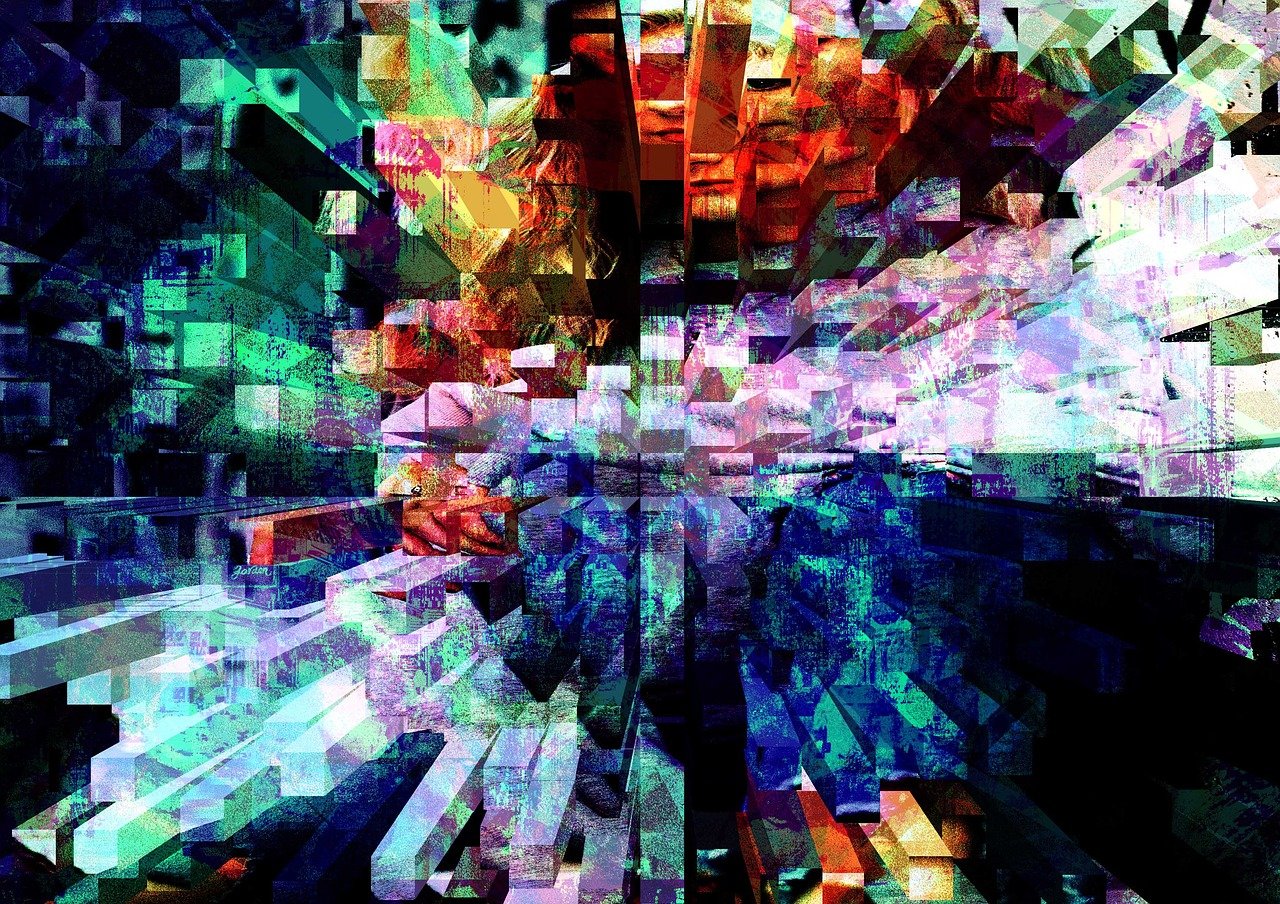In the landscape of modern commerce, the creator economy stands out as a revolutionary force driving a profound transformation in how businesses operate and engage with their audiences. No longer confined to niche marketing, the creator economy has become a central pillar in brand-building strategies worldwide. As of 2025, this sector represents a staggering global market valued at approximately $250 billion, with projections suggesting a near doubling to $480 billion by 2027, according to Goldman Sachs’ 2023 Creator Economy report. This evolution is powered by a diverse ecosystem of creators on platforms like YouTube, TikTok, Patreon, and Substack, who have shifted the paradigm from traditional advertising to authentic community engagement.
The surge in content creators across digital platforms such as Twitch, OnlyFans, Etsy, Gumroad, and Kickstarter signals an era where individuals are not just influencers—they are entrepreneurs, culture shapers, and community leaders. Brands now recognize this shift and are reallocating their resources from short-term influencer campaigns to long-term, symbiotic partnerships that foster sustainable growth and trust-building. For instance, Lowe’s innovative creator network demonstrates how companies are empowering creators to drive both commerce and cultural influence with authentic storytelling and real-world project collaboration.
This article explores five interconnected dimensions of how the creator economy is reshaping business models today: the shift from influencer marketing to creator-driven ecosystems; the monetization and subscription models fueling creator sustainability; how platforms like YouTube and TikTok are integrating commerce; the emergence of community-centric business strategies; and finally, the co-creation of culture and commerce that defines the future of the global economy.
The Transition from Influencer Marketing to Creator Empowerment in Business Models
Traditional influencer marketing once revolved around transactional relationships—a brand would pay an influencer for a single post or campaign, serving mostly as a promotional channel. However, the creator economy has catalyzed a profound shift toward empowering creators as multi-dimensional entrepreneurs. This new model nurtures creators through networks that provide tailored support, creative freedom, and sustainable revenue streams.
Companies such as Lowe’s exemplify this evolution with their creator network. Instead of mere endorsements, creators receive access to resources like product samples, project sponsorships, and even startup funding, enabling them to build their own brands and businesses over time. This shift reflects a recognition that creators are not mere marketing tools but key stakeholders in authentic content production.
An important factor driving this transition is the skyrocketing trust consumers place in creators. Research by Sprout Social highlights that 61% of consumers trust creator recommendations more than traditional brand advertisements. Creators’ authenticity and relatability form the cornerstone of genuine customer relationships—a vital edge in today’s crowded digital marketplace.
- Expanded Creator Support: Access to customizable storefronts and e-commerce tools.
- Long-term Partnerships: Ongoing collaborations that go beyond one-off posts.
- Community Building: Creators act as community leaders influencing cultural trends.
- Diverse Revenue Streams: Integration with platforms like Patreon and Substack for subscriptions.
- Entrepreneurial Growth: Funding and support for creators’ side projects and startups.
| Traditional Influencer Marketing | Creator Empowerment Model |
|---|---|
| One-off promotional posts | Long-term brand collaborations |
| Limited revenue opportunities | Multiple revenue streams (subscriptions, product sales, sponsorship) |
| Transactional relationship | Collaborative community-building approach |
| Brand-led messaging | Creator-driven authentic content |
| Focus on reach and impressions | Focus on engagement and loyalty |
This shift is reshaping business models by embedding creators deeper within the brand’s strategic goals, emphasizing trust, collaboration, and mutual growth. Strategically, brands are developing infrastructures where creators can thrive not only as marketers but as entrepreneurs. This enables sustained brand loyalty, increased audience retention, and scalable commerce.
Monetization Innovations: Subscription Models Driving Sustainable Creator Businesses
Monetization stands at the heart of the creator economy’s ability to radically alter business dynamics. Subscription services have emerged as a primary means by which creators generate recurring revenue, enabling them to focus on quality content and community engagement over short, volatile bursts of income. Platforms like Patreon, Substack, and OnlyFans have pioneered this revolution, empowering creators to directly monetize their most loyal fans.
Subscription models help creators reduce dependency on traditional advertising revenue, which can fluctuate due to algorithm changes or market saturation. By offering tiered memberships, exclusive content, behind-the-scenes access, and personalized experiences, creators receive stable income streams tied to direct fan relationships.
Equally impactful are e-commerce platforms such as Etsy, Gumroad, and Kickstarter, through which creators sell physical goods, digital products, and crowdfund projects. These platforms enable creative entrepreneurs to diversify income beyond ad revenue and subscriptions.
- Patreon’s Tiered Memberships: Allow creators to offer various pricing levels fostering fan commitment.
- Substack’s Newsletter Subscriptions: Monetize thought leadership through paid newsletters.
- OnlyFans’ Direct Fan Support: Creators receive payments for exclusive content.
- Kickstarter Crowdfunding: Enables project-based fundraising for new initiatives.
- Gumroad and Etsy: Platforms for selling unique products and digital downloads.
| Platform | Main Monetization Model | Ideal Creator-Type | Sustainability Factors |
|---|---|---|---|
| Patreon | Subscription memberships | Artists, podcasters, educators | Recurring revenue, community focus |
| Substack | Paid newsletters | Writers, analysts, journalists | Content exclusivity, niche audiences |
| OnlyFans | Exclusive content subscriptions | Performers, influencers | Direct fan payments, personalized content |
| Kickstarter | Crowdfunding campaigns | Inventors, project creators | Project-based funding, community backing |
| Gumroad | Product sales | Artists, digital creators | Direct sales, product diversity |
These models are fueling the emergence of creator-led enterprises where income generation aligns with audience engagement and business viability. The ability for creators to control monetization channels strengthens their negotiating power with brands and platforms, creating a balanced ecosystem where creators can thrive on their terms.

How Platforms like YouTube and TikTok Integrate Commerce Within the Creator Economy
YouTube and TikTok have transitioned from mere content-sharing platforms to comprehensive ecosystems where entertainment, community, and commerce converge. This integration is redefining business models by turning content into direct sales opportunities, blurring the lines between marketing and transaction.
YouTube’s revenue-sharing model, where creators earn advertising income from their videos, evolved to include features such as channel memberships, Super Chats, merchandise shelves, and shopping integrations. Creators can now transform their audiences into customers without leaving the platform.
TikTok, famous for viral short videos, has expanded social commerce significantly. Features such as TikTok Shop empower creators to sell products directly through their videos and livestreams. Endorsements organically blend with real-time shopping, increasing conversion rates and creating seamless user experiences.
- YouTube Super Chats: Monetization via live audience tips during streams.
- YouTube Memberships: Subscription models granting exclusive content access.
- TikTok Shop: In-app e-commerce enabling direct product sales.
- Livestream Commerce: Real-time selling boosted by creator engagement.
- Merchandise Integration: Platforms offering branded goods for fans.
| Platform | Commerce Features | Creator Revenue Channels | User Engagement Strategies |
|---|---|---|---|
| YouTube | Ad revenue, memberships, merchandise shelf, Super Chats | Ad split, subscriptions, tips | Live streaming, exclusive content |
| TikTok | TikTok Shop, livestream shopping | Direct sales, commissions | Viral content, shopping integration |
This integrated commerce approach benefits creators by generating diversified income streams and offering fans an embedded shopping experience that feels natural and engaging. Brands leverage these integrations to tap into communities via trusted creators rather than traditional ads, fostering conversions through authenticity and immediacy.
Building Business Models Around Creator Communities and Long-Term Loyalty
Creator economies thrive not just on content delivery but on fostering communities where audiences feel personally connected to creators and, by extension, their partner brands. Building business models around these communities emphasizes long-term loyalty over short-term gains.
Structured creator networks are key to this evolution, blending commerce with culture. For example, Lowe’s Creator Network focuses on empowering creators within the home improvement sphere, providing tools, real-world collaboration opportunities, and ongoing support, fostering deeper engagement and loyalty from fans and customers.
Community-centric business models offer several strategic advantages:
- Deeper Audience Insights: Understanding community needs and preferences enables personalized offerings.
- Authentic Engagement: Fostering two-way communication ships create loyalty beyond transactional relationships.
- Collaborative Growth: Joint business development benefits creators and brands alike.
- Cross-Pollination Opportunities: Creators partner across niches to broaden reach and impact.
- Scalable Loyalty Programs: Mechanisms that reward participation and advocacy.
| Community-Centric Model Aspect | Business Impact | Creator Benefit |
|---|---|---|
| Personalized Content | Increased customer retention | Better audience understanding |
| Long-term Partnerships | Stable revenue for brands | Consistent income for creators |
| Collaborative Projects | Enhanced brand credibility | Expanded creative opportunities |
| Community Feedback Loops | Agile marketing strategies | Stronger audience loyalty |
By embedding creators in their ecosystem, companies receive not only promotional benefits but also fresh product ideas, real-time market feedback, and culturally relevant storytelling that resonates authentically with target demographics.

The Fusion of Culture and Commerce: Co-Creation as the Future of Business Innovation
The creator economy exemplifies a new paradigm in which culture and commerce are inseparable. Brands are no longer just marketers; they become cultural collaborators, co-creating value with creators and their communities. This synergy not only drives sales but also shapes societal trends, norms, and values.
Creators across platforms like Teachable and Gumroad illustrate this fusion by simultaneously building educational content, selling unique products, and cultivating engaged communities. Their entrepreneurial ventures blur the divide between entertainment and business, creativity and commerce.
Key elements of this fusion include:
- Collaborative Product Development: Brands and creators design products that genuinely meet audience needs.
- Authenticity as Currency: Transparent storytelling builds trust and brand affinity.
- Decentralized Influence: Powers shifting from traditional media to diverse independent creators.
- Culture-Led Commerce: Consumer values shaping purchasing decisions.
- Continuous Innovation: Dynamic feedback loops drive rapid market adaptation.
| Aspect | Impact on Business Models | Examples in Practice |
|---|---|---|
| Collaborative Product Development | Customer-centric innovation | Teachable courses co-created with creators |
| Authenticity as Currency | Higher customer trust and loyalty | Gumroad creators selling niche products |
| Decentralized Influence | Broader market reach | Multi-platform creators on YouTube and TikTok |
| Culture-Led Commerce | Value-driven purchase decisions | Brands partnering with community leaders |
As creators and brands navigate this intertwined culture-commerce landscape, companies that embrace co-creation will unlock innovative growth pathways. Engaged communities fuel better product-market fits, and creators bring unique insights that traditional market research can seldom capture.
For more detailed insights on subscription trends and monetization across sectors, visit this comprehensive resource, which examines how various industries utilize subscription models to their advantage.
Frequently Asked Questions About the Creator Economy and Business Models
- How is the creator economy different from traditional influencer marketing?
The creator economy emphasizes long-term, entrepreneurial partnerships with diversified revenue streams, whereas traditional influencer marketing is usually focused on one-off promotional campaigns. - What are the best platforms for creators to generate sustainable income?
Platforms like Patreon, Substack, OnlyFans, Kickstarter, Etsy, Gumroad, and Teachable provide creators multiple monetization avenues through subscriptions, product sales, crowdfunding, and educational content. - How are businesses benefiting from creator-led communities?
Companies gain deeper customer insights and loyalty by fostering genuine relationships between creators and their communities, enabling more personalized and impactful marketing and product development. - What role does social commerce play in the creator economy?
Social commerce platforms like TikTok Shop enable creators to seamlessly blend content with commerce, driving direct sales through authentic interactions with their audiences. - How will the creator economy evolve in the coming years?
The creator economy will likely see more structured partnerships, increased cross-platform collaboration, and further integration of commerce and culture leading to innovative and sustainable business models.

